-
 Bitcoin
Bitcoin $112200
-0.88% -
 Ethereum
Ethereum $4329
-0.97% -
 XRP
XRP $2.969
-1.76% -
 Tether USDt
Tether USDt $0.0000
0.00% -
 BNB
BNB $884.9
0.16% -
 Solana
Solana $221.0
0.69% -
 USDC
USDC $0.9997
0.00% -
 Dogecoin
Dogecoin $0.2418
0.32% -
 TRON
TRON $0.3368
0.56% -
 Cardano
Cardano $0.8813
-1.09% -
 Hyperliquid
Hyperliquid $55.27
1.41% -
 Chainlink
Chainlink $23.64
-0.35% -
 Ethena USDe
Ethena USDe $1.001
0.01% -
 Sui
Sui $3.539
-1.75% -
 Stellar
Stellar $0.3774
-2.26% -
 Bitcoin Cash
Bitcoin Cash $580.5
-0.77% -
 Avalanche
Avalanche $27.05
3.68% -
 Hedera
Hedera $0.2329
0.15% -
 UNUS SED LEO
UNUS SED LEO $9.552
0.03% -
 Litecoin
Litecoin $113.2
-0.92% -
 Cronos
Cronos $0.2558
2.32% -
 Toncoin
Toncoin $3.115
-0.63% -
 Shiba Inu
Shiba Inu $0.00001296
-0.84% -
 Polkadot
Polkadot $4.113
-0.89% -
 Uniswap
Uniswap $9.680
-0.80% -
 Ethena
Ethena $0.8148
-4.08% -
 Dai
Dai $0.9999
0.02% -
 World Liberty Financial
World Liberty Financial $0.2033
-7.09% -
 Monero
Monero $268.1
-1.33% -
 Aave
Aave $298.2
-3.57%
How to receive crypto in Exodus
To receive crypto in Exodus, select the correct cryptocurrency, share the unique QR code or address, and ensure the sender uses the right network to avoid fund loss.
Jul 18, 2025 at 09:21 am
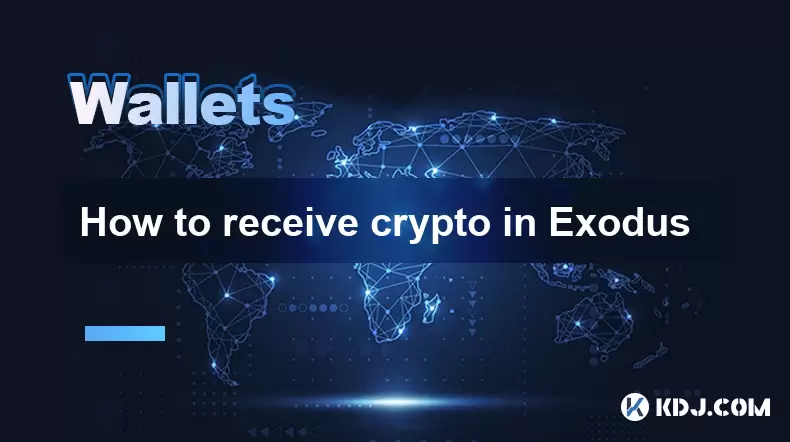
Understanding How Exodus Works for Receiving Crypto
Exodus is a popular multi-asset cryptocurrency wallet that supports a wide range of digital currencies. If you're looking to receive crypto in Exodus, the process is straightforward but requires attention to detail to ensure you don’t lose funds. The wallet generates unique addresses for each transaction, and it’s important to use these correctly.
To begin, you must have the Exodus wallet installed on your device and have created or restored a wallet. Once you’re logged in, navigate to the 'Receive' section. Here, you’ll see a QR code and a unique wallet address specific to the cryptocurrency you’re trying to receive. This address is unique to that transaction and should not be reused for other transfers.
Selecting the Correct Cryptocurrency
One of the most critical steps in receiving crypto in Exodus is ensuring you select the correct cryptocurrency before sharing your wallet address. Each cryptocurrency has its own unique address format, and sending the wrong coin to an incompatible address can result in permanent loss of funds.
For example, if you're expecting to receive Bitcoin (BTC), make sure the dropdown menu in the 'Receive' tab is set to BTC. If someone sends Ethereum (ETH) to a Bitcoin address in your Exodus wallet, those funds will not appear and may be unrecoverable. Always double-check the selected cryptocurrency in Exodus before sharing your receiving address.
Sharing Your Wallet Address or QR Code
Once you’ve selected the correct cryptocurrency, Exodus will display a QR code and a long alphanumeric string known as your wallet address. You can share this with the sender through any secure communication method.
- You can copy the address manually by clicking the 'Copy' button next to the string.
- Alternatively, you can send the QR code as an image for the sender to scan using their wallet app.
- Exodus also allows you to generate a new receiving address if needed, though this is generally unnecessary unless you suspect the previous one was compromised or already used.
Keep in mind that each receiving address is designed for one-time use. While reusing an address won’t break anything, it's not considered best practice for privacy and security reasons.
Confirming the Incoming Transaction
After the sender initiates the transfer, it may take a few minutes to several hours for the transaction to be confirmed on the blockchain, depending on network congestion and the number of confirmations required. Exodus typically shows the incoming transaction as 'Pending' until it receives enough confirmations.
You can monitor the progress of the transaction by clicking on the 'Activity' tab within the Exodus wallet. There, you’ll see details like:
- Transaction hash (TXID)
- Number of confirmations
- Estimated time of final confirmation
If the transaction does not appear after a reasonable amount of time, you can use a blockchain explorer to verify whether the transaction was broadcasted and is being processed. Simply paste the transaction hash into the search bar of a blockchain explorer like blockchair.com or blockstream.info, depending on the cryptocurrency.
What to Do If You Sent Funds to the Wrong Address
Mistakes happen, and sometimes users may send crypto to the wrong address. If you sent funds to an incorrect address outside of Exodus, such as to another wallet or exchange by accident, there is little you can do to recover the funds unless the recipient is willing to return them.
However, if you sent the funds to the correct Exodus wallet but for the wrong cryptocurrency (e.g., sending Litecoin to a Bitcoin address in Exodus), those funds are likely lost permanently. Exodus cannot recover funds sent to incompatible addresses.
To prevent this from happening:
- Always verify the receiving address format before sending or receiving.
- Use the memo or destination tag if required by the cryptocurrency (e.g., XRP or EOS).
- Never assume that an address works for multiple coins.
Receiving Crypto on Exodus Mobile vs Desktop
The process for receiving crypto is nearly identical on both Exodus desktop and mobile versions. However, there are slight differences in user interface and navigation.
On desktop, you can access the 'Receive' tab directly from the sidebar menu. On mobile, you'll need to:
- Open the Exodus app
- Tap the '+' icon
- Select 'Receive'
- Choose the desired cryptocurrency
In both cases, you'll be presented with a QR code and address. The mobile version also allows you to share the receiving address via email, text message, or other apps directly from the interface.
Frequently Asked Questions
Can I receive multiple cryptocurrencies in the same Exodus wallet?Yes, Exodus supports multiple cryptocurrencies within a single wallet. Each has its own receiving address, and you can manage them all from the same interface.
Is it safe to reuse a receiving address in Exodus?While it is technically possible, it is not recommended. Reusing addresses can compromise your privacy and potentially expose you to tracking or phishing attempts.
What should I do if my received crypto doesn’t show up in Exodus?Check the blockchain explorer using the transaction hash to ensure the transaction was completed. If it was, wait for more confirmations. If the issue persists, contact Exodus support with the transaction details.
Can I receive crypto on Exodus without an internet connection?You can view your receiving address offline, but the sender must have an internet connection to broadcast the transaction to the blockchain.
Disclaimer:info@kdj.com
The information provided is not trading advice. kdj.com does not assume any responsibility for any investments made based on the information provided in this article. Cryptocurrencies are highly volatile and it is highly recommended that you invest with caution after thorough research!
If you believe that the content used on this website infringes your copyright, please contact us immediately (info@kdj.com) and we will delete it promptly.
- Ruvi AI (RUVI) and the Rallying Demand: Is This the Next 100x Token?
- 2025-09-10 18:25:14
- JasmyCoin Price Prediction: Is Altseason Ready to Boost JASMY?
- 2025-09-10 18:25:14
- Shiba Inu's LEASH V2 Migration: A New Yorker's Take on Trust and Tech
- 2025-09-10 19:05:15
- Holoworld AI, Binance, and Crypto: What's the Buzz?
- 2025-09-10 19:05:15
- Remittix vs. Solana & VeChain: The Altcoin Race Heats Up
- 2025-09-10 19:10:12
- Grayscale's Altcoin ETF Push: Hedera, Litecoin, and Bitcoin Cash Eye Wall Street
- 2025-09-10 19:10:12
Related knowledge
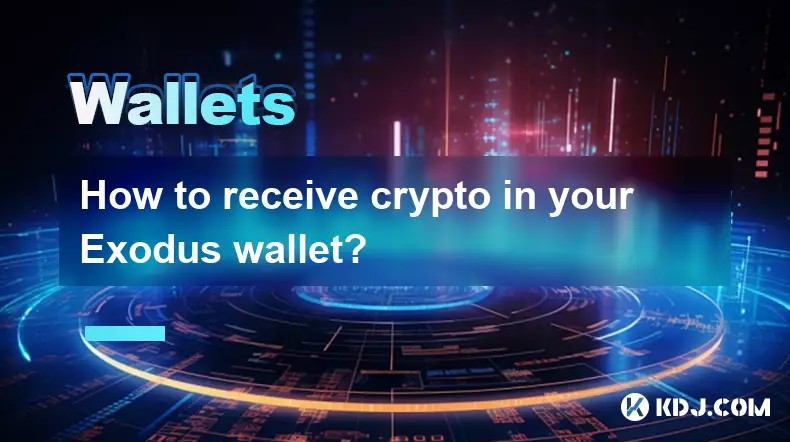
How to receive crypto in your Exodus wallet?
Sep 10,2025 at 01:00pm
Understanding the Basics of Receiving Crypto in Exodus1. Exodus is a user-friendly cryptocurrency wallet that supports a wide range of digital assets....
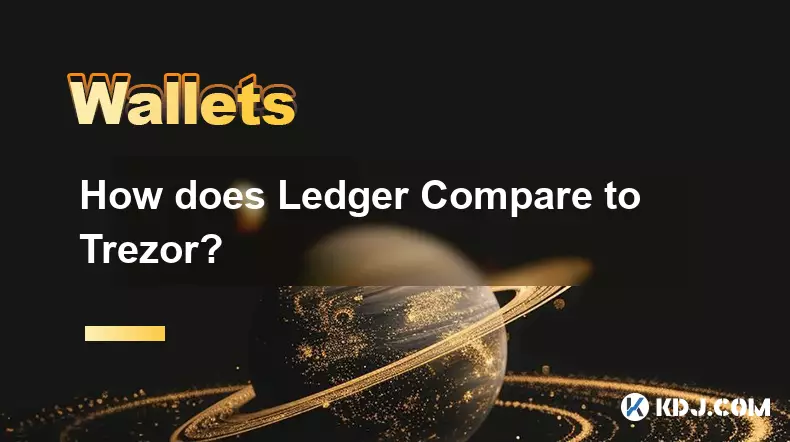
How does Ledger Compare to Trezor?
Sep 10,2025 at 03:18pm
Ledger vs Trezor: Security Architecture1. Ledger utilizes a Secure Element chip, a feature commonly found in banking cards and smartphones, to protect...
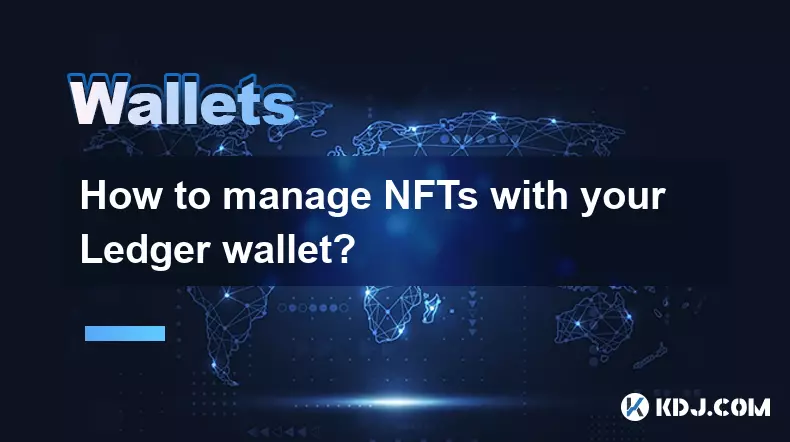
How to manage NFTs with your Ledger wallet?
Sep 10,2025 at 10:00am
Setting Up Your Ledger for NFT Management1. Begin by connecting your Ledger device to your computer using the provided USB cable and open the Ledger L...

How to set up your new Ledger wallet for the first time?
Sep 10,2025 at 06:54pm
Unboxing and Initial Setup1. Upon receiving your Ledger device, verify the packaging for tampering. Ledger advises checking the security seal before o...

How to disconnect your Phantom wallet from a site
Sep 10,2025 at 02:18pm
Understanding Phantom Wallet Connections1. Phantom wallet, a popular browser extension for Solana-based applications, allows users to interact securel...
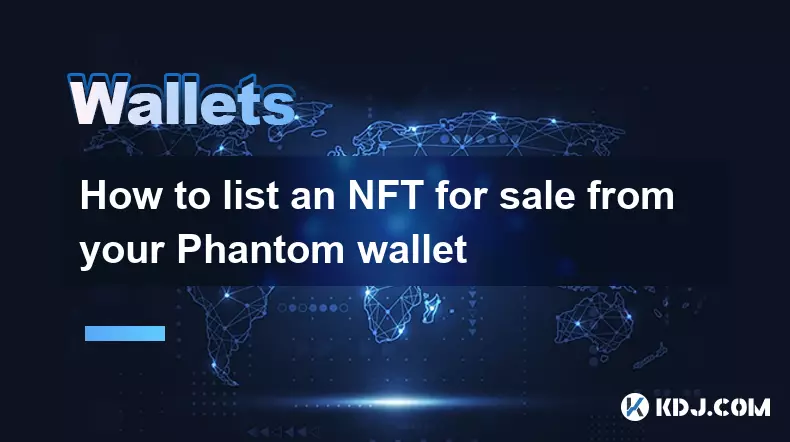
How to list an NFT for sale from your Phantom wallet
Sep 10,2025 at 12:54am
Connecting Your Phantom Wallet to a Marketplace1. Open the Solana-based NFT marketplace of your choice, such as Magic Eden, Solanart, or Tensor. These...

How to receive crypto in your Exodus wallet?
Sep 10,2025 at 01:00pm
Understanding the Basics of Receiving Crypto in Exodus1. Exodus is a user-friendly cryptocurrency wallet that supports a wide range of digital assets....

How does Ledger Compare to Trezor?
Sep 10,2025 at 03:18pm
Ledger vs Trezor: Security Architecture1. Ledger utilizes a Secure Element chip, a feature commonly found in banking cards and smartphones, to protect...

How to manage NFTs with your Ledger wallet?
Sep 10,2025 at 10:00am
Setting Up Your Ledger for NFT Management1. Begin by connecting your Ledger device to your computer using the provided USB cable and open the Ledger L...

How to set up your new Ledger wallet for the first time?
Sep 10,2025 at 06:54pm
Unboxing and Initial Setup1. Upon receiving your Ledger device, verify the packaging for tampering. Ledger advises checking the security seal before o...

How to disconnect your Phantom wallet from a site
Sep 10,2025 at 02:18pm
Understanding Phantom Wallet Connections1. Phantom wallet, a popular browser extension for Solana-based applications, allows users to interact securel...

How to list an NFT for sale from your Phantom wallet
Sep 10,2025 at 12:54am
Connecting Your Phantom Wallet to a Marketplace1. Open the Solana-based NFT marketplace of your choice, such as Magic Eden, Solanart, or Tensor. These...
See all articles

























































































